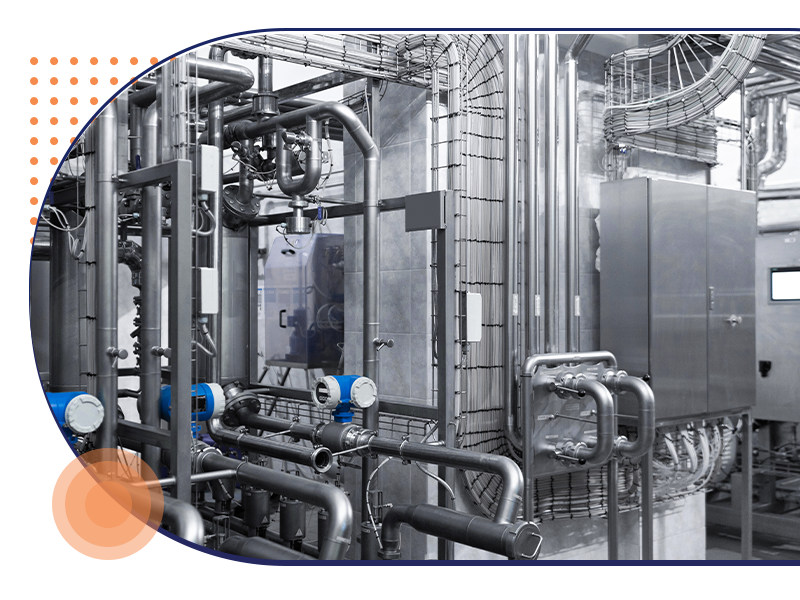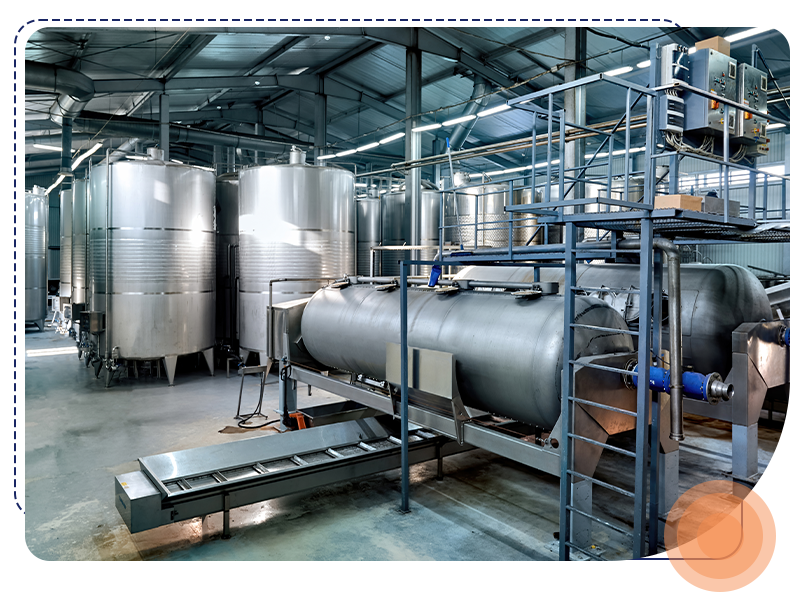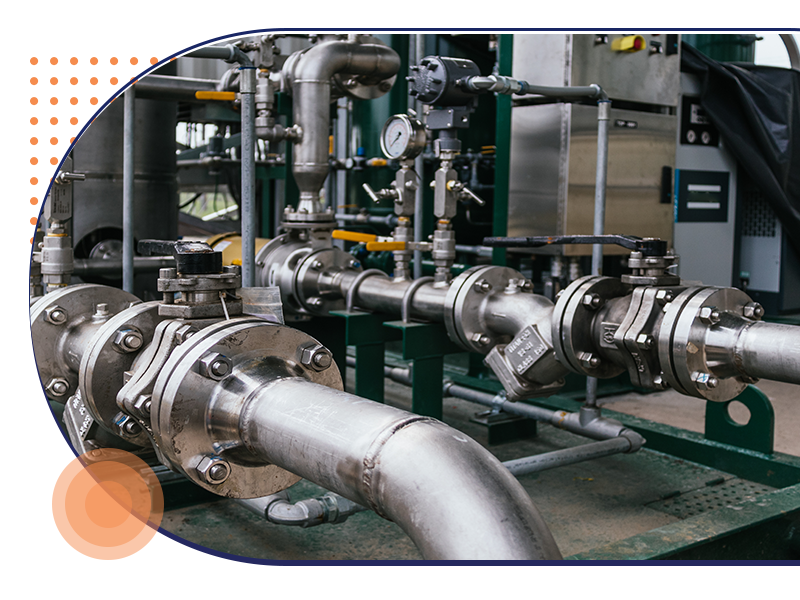Steam Generation

Steam Distribution
June 11, 2024Steam generation is a cornerstone of modern power production. From powering industrial machinery to generating electricity, the process of producing steam and harnessing its energy is crucial for many industries. This blog explores the intricacies of steam generation, its history, methods, and its pivotal role in contemporary power systems.
A Historical Perspective
The concept of steam generation dates back to the first century AD, with the creation of the aeolipile by the Hero of Alexandria. This rudimentary steam engine was more a curiosity than a practical device, but it laid the groundwork for future innovations. The real leap in steam technology came in the 18th century with the development of the steam engine by Thomas Newcomen and later improvements by James Watt. These advancements ushered in the Industrial Revolution, transforming industries and societies by providing an efficient source of power.
The Basics of Steam Generation
The Process of Generating Steam
Steam generation involves heating water until it transitions from a liquid to a gaseous state. This process requires a heat source and a boiler to contain the water and steam. The basic steps are:
- Heating: A heat source, such as burning fossil fuels, nuclear reactions, or solar energy, heats the water.
- Boiling: As the water heats up, it reaches its boiling point and starts to convert into steam.
- Steam Collection: The steam is collected in a chamber where it can be directed to do work, such as turning turbines or powering machinery.
Applications of Steam Generation
Power Generation
Steam turbines are the primary method of generating electricity in thermal power plants. The steam produced in boilers is used to drive turbines connected to generators, converting thermal energy into electrical energy. This process is fundamental in coal, nuclear, and even solar thermal power plants.
Industrial Applications
In industries, steam is used for various purposes such as:
- Process Heating: Steam provides the necessary heat for chemical reactions, sterilization, and other industrial processes.
- Mechanical Power: Some industries still use steam engines to power machinery.
- Enhanced Oil Recovery: Steam injection helps in extracting oil from wells more efficiently.
Residential and Commercial Use
In residential and commercial buildings, steam is used for heating purposes. Steam heating systems provide an efficient way to distribute heat across large spaces.
Advances in Steam Generation Technology
Supercritical and Ultra-Supercritical Steam
Modern power plants are increasingly using supercritical and ultra-supercritical steam cycles to improve efficiency. These technologies operate at higher temperatures and pressures, leading to better thermal efficiency and reduced greenhouse gas emissions.
Renewable Energy Integration
Innovations in integrating renewable energy sources, such as concentrated solar power (CSP), with steam generation are making the process more sustainable. CSP uses mirrors to concentrate sunlight to produce steam, providing a clean and renewable way to generate electricity.
Combined Heat and Power (CHP)
CHP systems, also known as cogeneration, simultaneously generate electricity and useful heat from the same energy source. This technology significantly improves overall efficiency and reduces energy costs and emissions.
The Future of Steam Generation
As the world moves towards more sustainable energy solutions, the role of steam generation continues to evolve. Advances in materials, efficiency, and integration with renewable sources are paving the way for more environmentally friendly and cost-effective steam generation methods.





